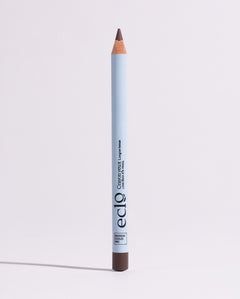Biodynamic agriculture, permaculture, agroecology, carbon-intelligent agriculture... There are so many expressions to describe a more reasoned and reasonable form of agriculture that we can get confused!
For decades, environmental issues have been on the rise, and these new means of production are in line with the idea that it is still possible to act in favor of a planet with preserved and replenished ecosystems. According to the special report by the IPCC (International Panel on Climate Change), the carbon absorption capacity of soils appears to be enormous, and is the subject of much scientific research as to its exact capacity.
This is what regenerative agriculture is all about. There's something new in the term "regeneration", like the idea of putting more back into nature than has been taken from it. Instead of having a small negative impact on the environment, it aims to act positively to renew and increase the quality of soils and all the organic matter they contain.
As defined by The Carbon Underground (an international organization dedicated to reversing climate change through applied soil science), regenerative agriculture is the set of "agricultural and grazing practices that, among other benefits, reverse climate change by rebuilding soil organic matter and restoring degraded soil biodiversity - resulting in both a carbon harvest and an improved water cycle". Soil restoration and all its ancillary benefits are therefore the very foundations of regenerative agriculture. It's all a question of managing and optimizing resources: in terms of water, nutrient recycling and soil organic carbon concentration. It's this last criterion that represents the main advantage.
For proponents of regenerative agriculture, the aim is to bring out greater diversity in current farming methods. More concretely, various methods and practices can be put in place to support this type of agriculture:
- Minimize tillage by limiting soil disturbance (in the case of ploughing);
- Enhance the diversity of cropping systems with a variety of species and yields;
- Arm the soil with living roots without leaving it bare;
- Integrate animals to stimulate nutrient cycling;
- Increase wildlife habitats for pollination, pest control and ecosystem regeneration;
- Design natural climate solutions for water regulation, carbon sequestration and flood control, etc.
Thanks to this, according to the Rodale Institute (an NGO supporting organic farming), regeneration techniques "could sequester more than 100% of CO2 emissions by switching to widely available, low-cost management practices".
In short, even if this regenerative farming movement has so far been fragmented in terms of understanding, its practitioners seem to be able to agree on the same vision, that of a healthier planet enabling the whole of humanity to subsist.



